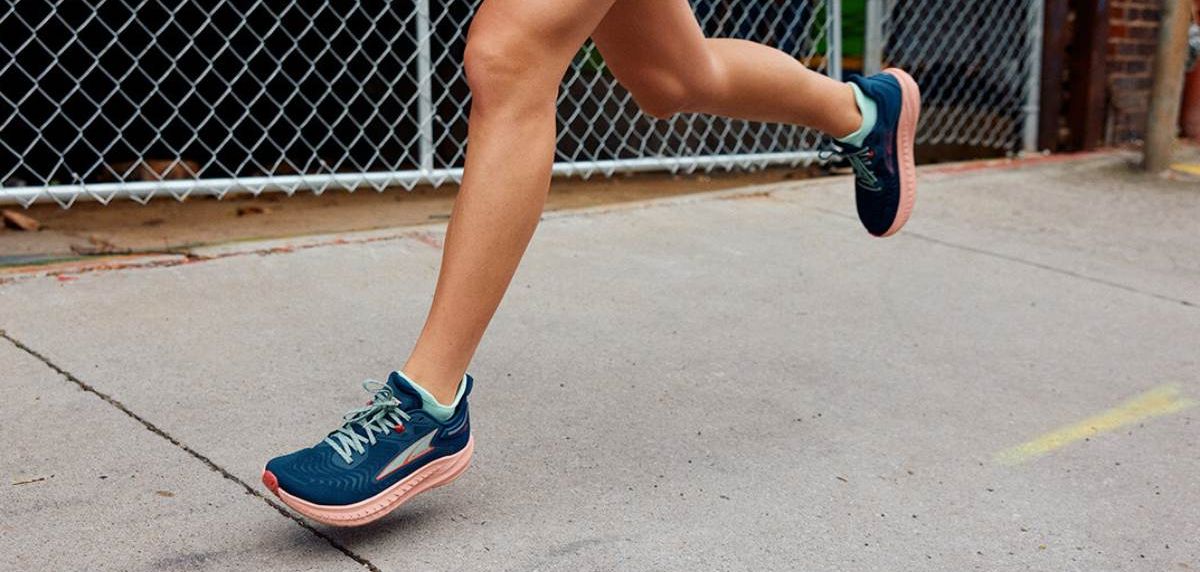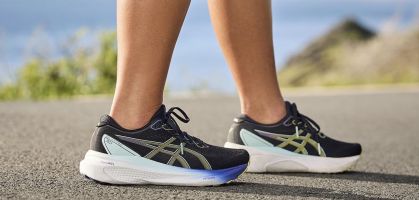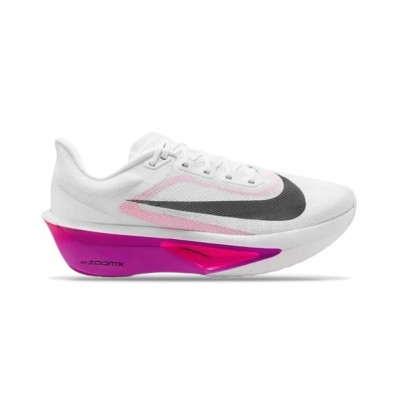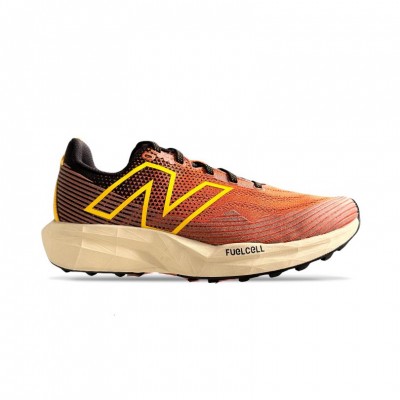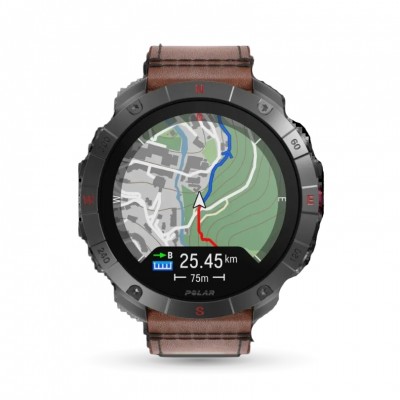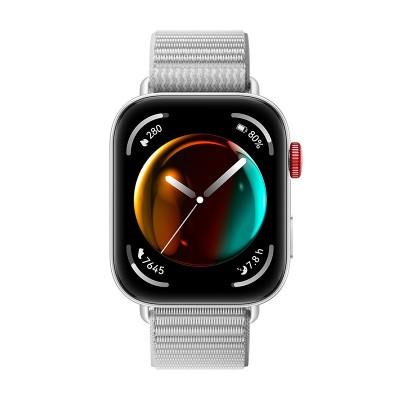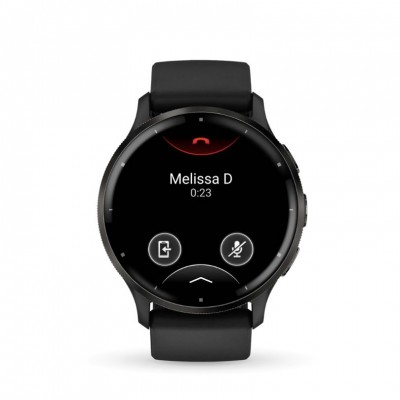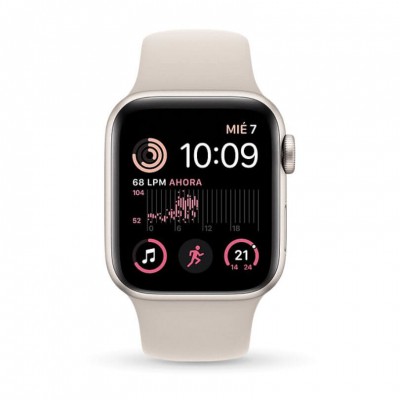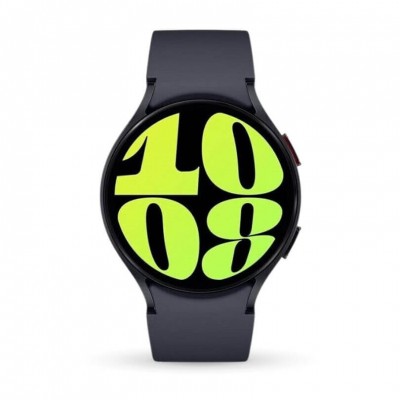Determining the right time to change your running shoes is more than a matter of aesthetics or comfort; it's a decision that can have a significant impact on your performance and health. But when is the right time to change them? The answer is not simple, as it depends on a number of factors, such as the materials used in the manufacture of the shoe, the type of tread, the weight of the runner, the frequency of training or the type of terrain on which you run, among others.
At RUNNEA we want to help you understand at what point we should retire our running shoes and consider buying new ones. Our performance and above all our health are at stake.
Not sure which running shoe to choose?
In a few simple steps we help you to choose the ideal running shoe for you
Go to the Shoe FinderHow long do running shoes last?
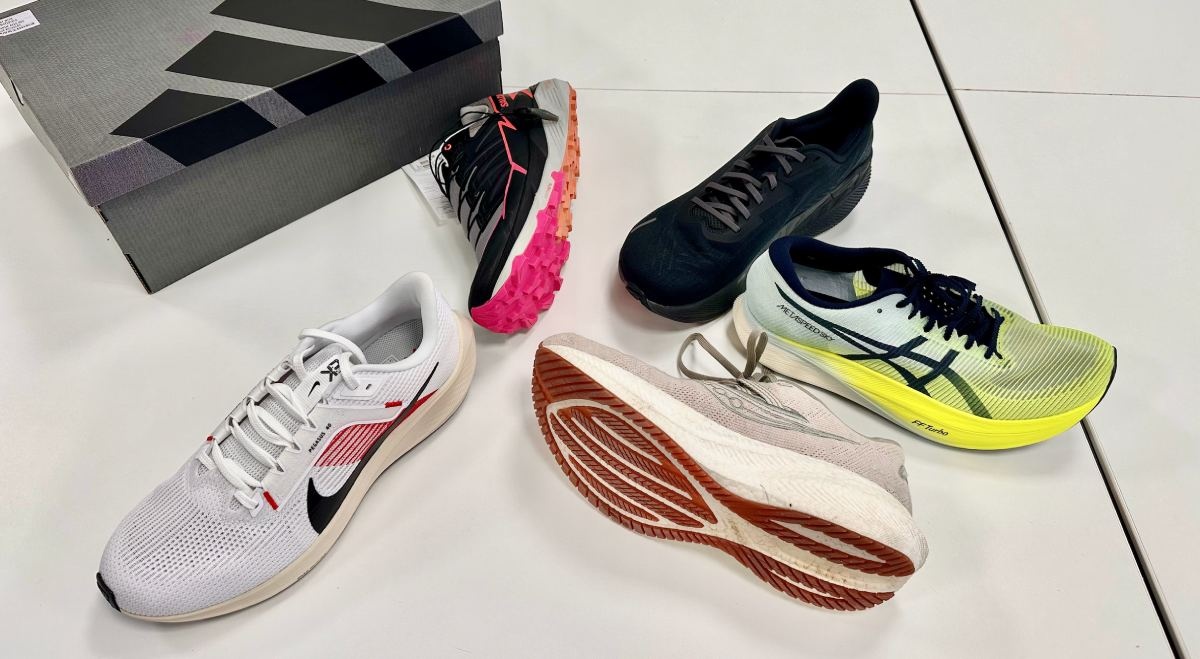
This is the first question we ask ourselves when we buy shoes: How long will they last? The answer as we said, will depend on many factors, but there is scientific evidence and we have case studies that can give us an average.
The lifespan of your shoes can vary depending on several factors such as the terrain you run on, your weight and your running technique. However, generally speaking, a good quality shoe should last between 6 and 12 months if you run approximately 30-40 kilometers per week.
A study published in the journal Sports Medicine indicates that shoes cushioning can decrease by up to 60 after 500 kilometers of use. This is crucial because a decrease in cushioning can lead to an increased risk of injury. Therefore, a general rule of thumb is to consider a change every 600-800 kilometers, depending on the type of shoe and your running style.
How do I know I need to change running shoes?
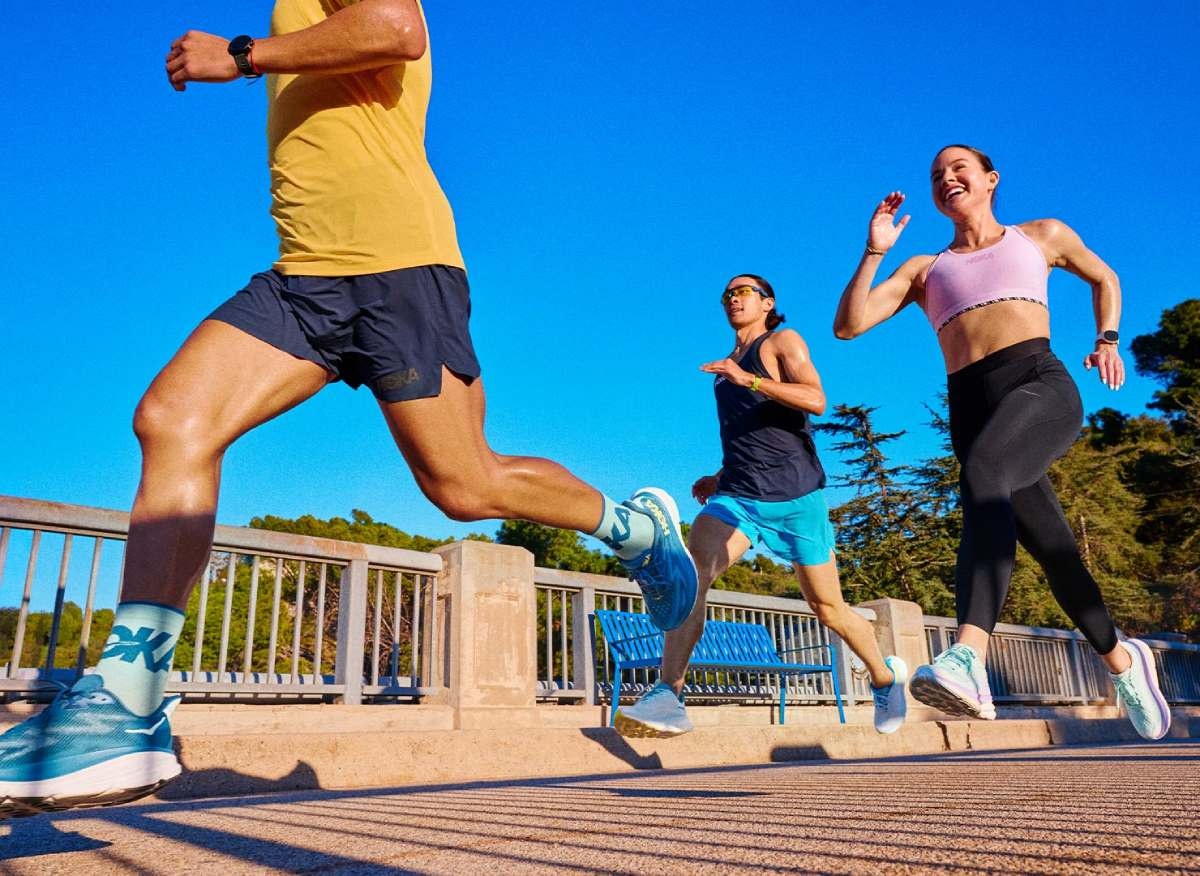
It's not easy, I'll tell you that. In fact there is a study entitled "Can runners perceive changes in heel cushioning as the shoe ages with increased mileage?" which focused on trying to understand how heel cushioning in running shoes deteriorates with increasing mileage. The study was conducted with different types of popular runners who received a new pair of running shoes.
The conclusions of the study were as follows:
- Runners experienced a 16% to 33% reduction in the amount of cushioning in the heel area after running 480 km.
- Despite significant reductions in heel cushioning, none of the runners could perceive these changes after running 640 km.
One of the most effective ways to find out if the cushioning in our shoes has lost effectiveness is to use a durometer. This is a small device that measures the hardness of materials. We can measure the hardness at the time of purchase and measure it every month. If we observe that the cushioning foam is becoming harder and harder, it means that it is losing its properties.
But as it does not make much sense to have a durometer at home just to measure the durability of the shoes, we can look at other aspects that give us signs of whether it is necessary to replace them.
- Sole wear: If you notice that the sole of your shoes is worn out or that the pattern on the sole has lost definition, it's a clear sign that you need a new pair. This is similar to the criteria used for car tires.
- Visually deteriorated material: If the upper material shows signs of wear, such as holes or worn areas, the foot support may not be adequate and injury may occur.
- Discomfort and aches and pains: If you start to feel discomfort in your feet, ankles, heels, knees that you have not experienced before, these may be signs that a change of footwear is necessary.
- Harder midsole feel: If we notice that the midsole feels harder, it may indicate that it is losing its cushioning capacity. Think about how damaging it can be to repeatedly impact the asphalt with a hard material, therefore without cushioning capacity, for miles strides.
TIP: An effective way to evaluate cushioning is to make a direct comparison with a new pair of shoes of the same model. By alternating between the new and old pair during your workouts, you can notice significant differences in the level of comfort and support, which will give you a clear idea of whether it's time to make the switch.
What can happen if I keep running in shoes that are no longer in optimal condition?
A study published in the journal Sports Medicine in 2014 found that runners who wore worn-out shoes had an increased risk of injury. The study, which was conducted on 100 runners, found that runners with worn-out shoes were 50% more likely to suffer an Achilles tendon injury and 33% more likely to suffer a foot injury.
Another study, published in the journal Nature Medicine in 2023, found that worn-out shoes can alter the way a runner steps. Changes in running form resulting from defective material can lead to muscle or joint injuries.
Decreased performance
The other consequence of wearing a worn-out running shoe has to do with performance. A midsole that has lost its elastic and dynamic properties will result in lower performance in the foot strike than a shoe in good condition. It has been shown that depending on the model and the materials used (carbon plate for example) the shoe can significantly improve sporting performance. If the material is not in optimal conditions, it loses its efficiency.
According to a study called "Impact of advanced footwear technology on critical speed and performance in elite runners", with the right shoe you can improve the performance of elite athletes by almost 4%.
Other factors to take into account when changing our running shoes are
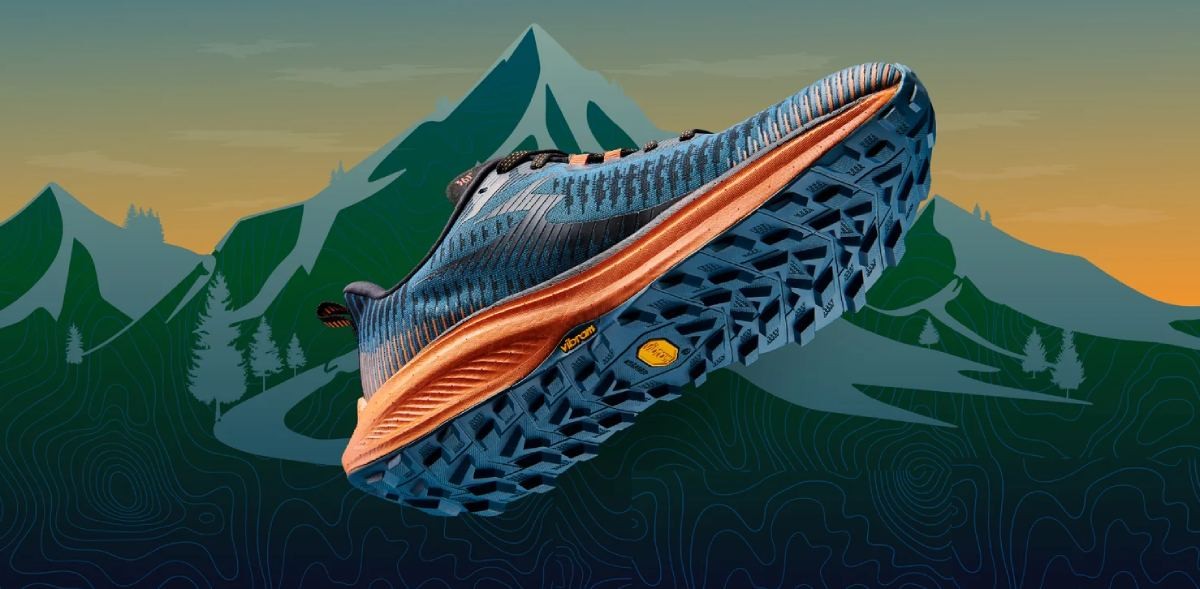
Type of stride
Runners with pronator or supinator stride usually need to change their shoes more frequently than those with neutral stride.
Runner weight
Heavier runners tend to wear out their shoes more quickly than lighter runners. We can consider that from 85 kg we should start to consider a change from 500 kilometers.
Pace and type of training
Running with high frequency accelerates the wear of the shoes. Different types of training also lead to increased wear. Changes of pace, series or fatleks cause more wear and tear than quiet runs.
Type of terrain
The type of terrain on which we run also influences wear. Running on asphalt is not the same as running on gravel, for example.
Tips from the RUNNEA team to extend the life of your shoes
- Choosing the right shoes: Make sure your running shoes are the right ones for your stride type and weight. The RUNNEA team can help you choose the right shoe for you.
- Shoes rotation: Having more than one pair of shoes and alternating helps extend the life of each pair. This approach allows materials to recover between uses, maintaining the structure and cushioning of the shoe. This not only prolongs the life of your shoes, but can also reduce the risk of injury by allowing your feet to adapt to different types of support and cushioning.
- Avoid frequent washing and machine washing: Frequent washing of shoes can deteriorate the materials. Also avoid putting them in the washing machine if possible. Opt to wipe them with a damp cloth and cold water and let them air dry.
Read more news about: Running News
